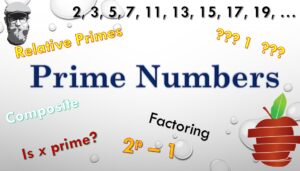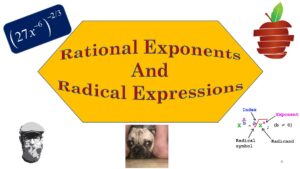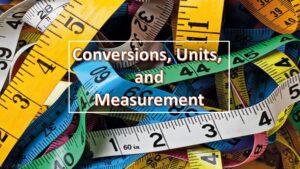 How is it that some people see things so clearly, and so quickly, in math class? Are they just born different? Maybe … but are there any habits that a normal person can do to make math clearer and quicker?
How is it that some people see things so clearly, and so quickly, in math class? Are they just born different? Maybe … but are there any habits that a normal person can do to make math clearer and quicker?
People that are good at math think about math differently than people that struggle with math. Certainly inherent intelligence plays a role, but there are plenty of very smart people who just don’t “get” math. Here’s the difference. A person that is good at math doesn’t typically start thinking, “Hey, what do I do here?” A person that is good at math surveys the situation and makes connections before they even dive into what needs to be done.
There are also elements of confidence, academic risk taking, aggressive learning, ownership and responsibility of learning, pride, work ethic, and much more. The number unit offers those that wish to be better at math a unique opportunity to develop those habits and thought patterns required to be a better mathematical thinker.
Most of the concepts covered in this Number Unit are fairly simple. There are only a handful of facts to keep track of. This makes exploring the non-explicit consequences of those facts approachable to the most timid of math learners.
Here’s an example of topics in this unit can be used to help you learn to think more mathematically. Keep in mind, the answer to the question is NOT what is important. What is important is that when you approach the answer you think of what it means and basic properties. You come up with a conclusion, then test it. That’s what good mathematical thinkers do naturally. Okay, enough with that. Here’s the question.
Is the number five is the only prime number that is the sum of the previous two prime numbers? How do you know?
In case you forgot, prime numbers have exactly two factors (other numbers that can multiply to produce that number). So five is prime because only 1 and 5 have a product of 5 (from the Natural Numbers).
Select the topic you wish to explore. Most are stand-alone topics, however, if you follow the order in which they’re arranged there will be greater continuity and connection of ideas.











